In keeping with Pride month, here’s another personal essay inspired by a question I received from a young illustrator.
“How do you know how much of yourself to reveal through your pictures? And how do you cope with backlash (if any) from being so open?”
Years ago, I had the opportunity to get some of my art work critiqued by a famous New York art critic. He asked me why I made homoerotic work because he felt that many queer artists seemed to do this. I didn’t feel he was being negative or sarcastic — it was an honest question. And I’m glad he asked me because at that moment I wasn’t even sure why I was making these pictures – cocks and balls, pubic hair, anuses, and wet sacks dripping with neon pink and yellow.
I thought about this question for a while longer and realized the kind of work I was doing (which mostly consisted of commercial work) hadn’t included any of my sexual-self in it. As a young illustrator who had come out only a few years prior to my working professionally, I tried to incorporate gay content into my portfolio. My pictures were rooted mostly in fashion and lifestyle, images of groups of men queueing to get into a gay club, or socializing in a cocktail bar; really, they were reflections of the kind of life I was living in my mid twenties. But as work began to trickle in, my agent suggested that I remove these illustrations from my portfolio because she thought they would hurt me professionally. Having been raised in a home where I was taught to be ashamed of my sexuality, it was easy for me to acquiesce.
And so, I deleted them.
This kind of queer erasure is a common gay theme. The wiping away of, or cleaning up the dirty spaces that our queer bodies occupy is something that I think about even moreso during Pride month.
It’s taken me several years to come to terms with how much I want to reveal through my art. Currently I’m enrolled in a graduate program in Fine Arts, called MFA Art Practice at the School of Visual Arts, in New York City. In the short period of time that I’ve been here I’ve called into question so many beliefs that I’ve had (…I have?) about what I want to say with and through my work, the tools and methods that I use to express them, and the intention behind all of these things.
Since moving to New York City fourteen years ago, I’ve tried my best to allow my life to blend with my art; as I grow and change as a person, I hope that my art does the same. The things that often make me feel uncomfortable or ashamed are the things that I’ve begun to critically question, and then explore artistically (mostly) in my personal artwork. As my teacher David Ross says,
“Question the implicit.”
For most of my life, those uncomfortable feelings felt natural, the ones which are rooted in sex and my sexuality, the relationship I have with my family, my body’s vulnerability, and the complicated entanglement between my desires to be seen and unseen. But, as I’ve grown older I’ve become more open about how I’d like to present my queerness because I even want clients to know that if they have stories, or topics that pertain to the things I care about, then hopefully they will ask me to collaborate with them (which is so different than how I was early in my career). Whether there is or isn’t a backlash, isn’t so important to me anymore. Of course I do question whether or not I should post certain things about myself publicly, such as stories, photos, and artwork, but before doing so, I pause and ask myself what my intention is. If the reason elevates me somehow, and contributes to the version of me and the portfolio that I’m consciously creating, then the answer is usually yes. When I was at the beginning of my career, every decision that I made leaned mostly towards how I believed it would affect the industry gatekeepers, and sometimes in doing so I often forgot about how my concessions towards them would leave me feeling. But, I don’t worry about this so much anymore. As long as I’m being honest and compassionate, that’s really at the core of how I make my decisions, the place where my boundaries lie, and what guides me towards how much of myself I choose to candidly uncover publicly.
The first illustrations I made for queer publications such as OUT, The Advocate, and POZ seemed like a small thing. I don’t recall much of what the articles were about — I don’t believe they were socially or politically engaging – maybe some were funny essays which featured gay characters… But thinking back, what I was so grateful for was that these magazines allowed me the space to express my queer self and in a way, my being able to collaborate with them became tiny revolutionary acts of my own.


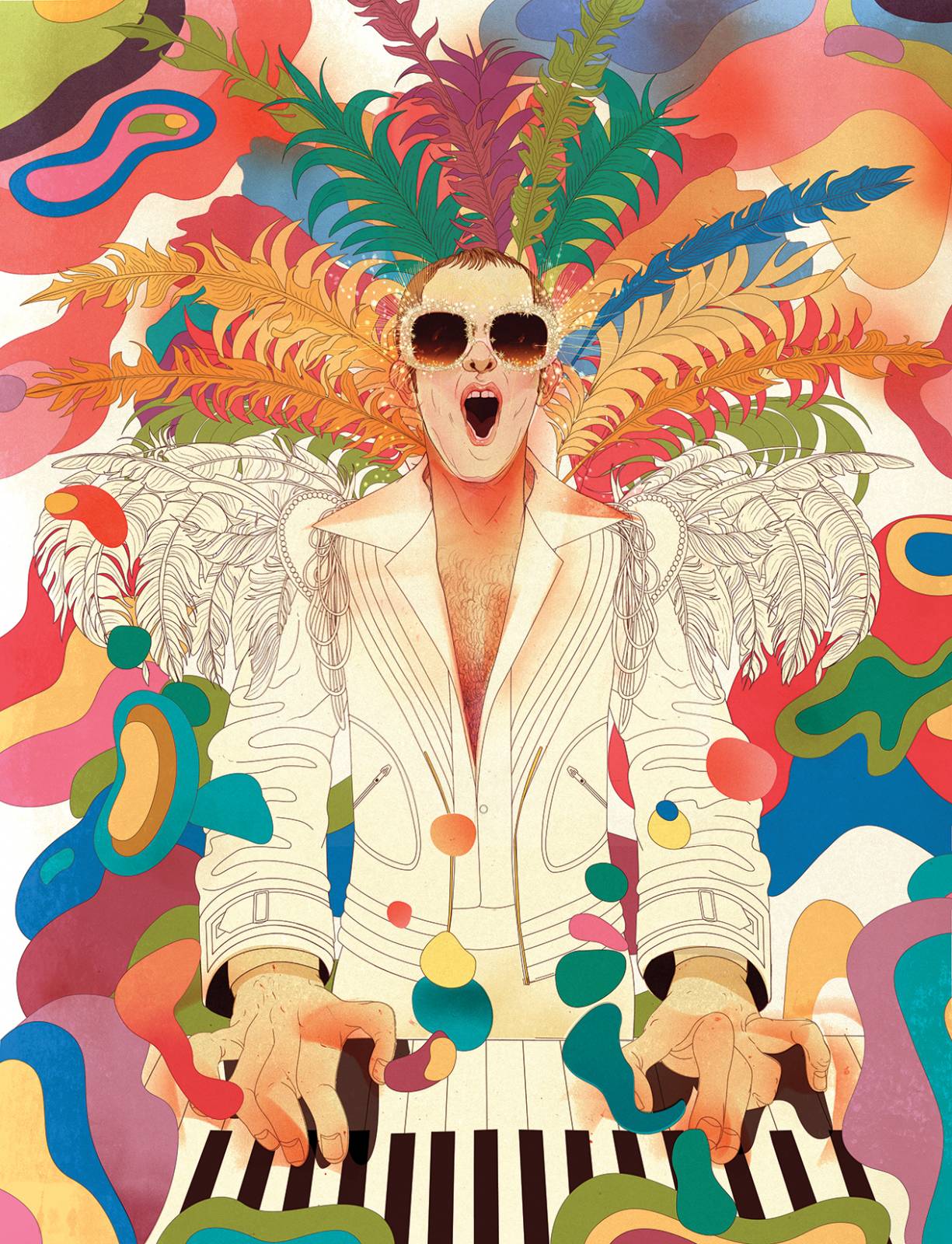
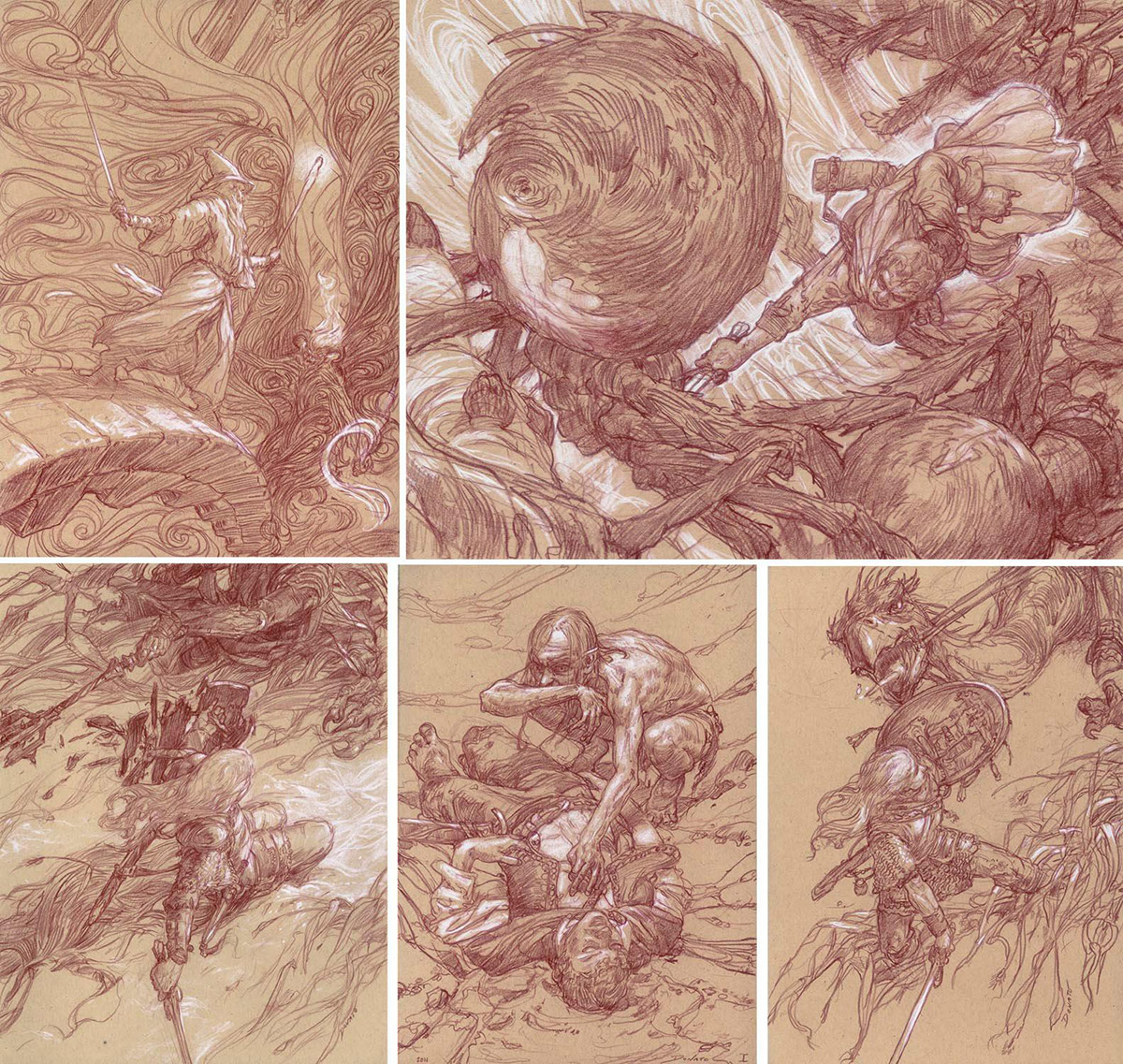
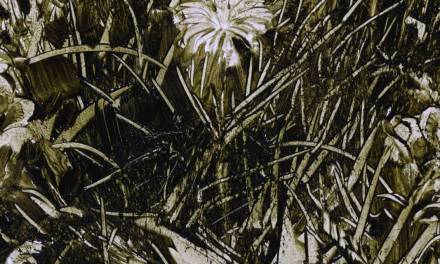
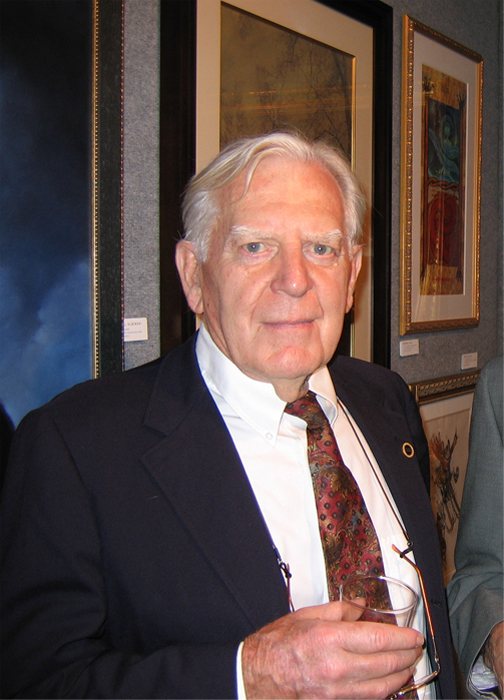
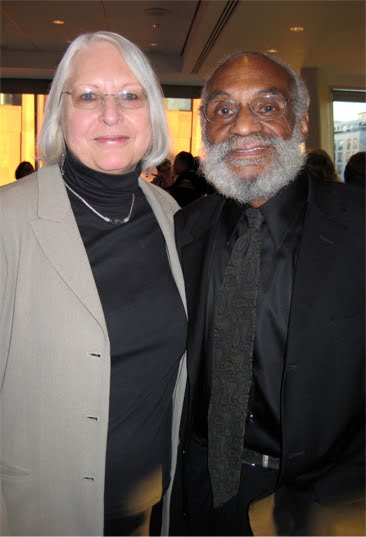

Recent Comments